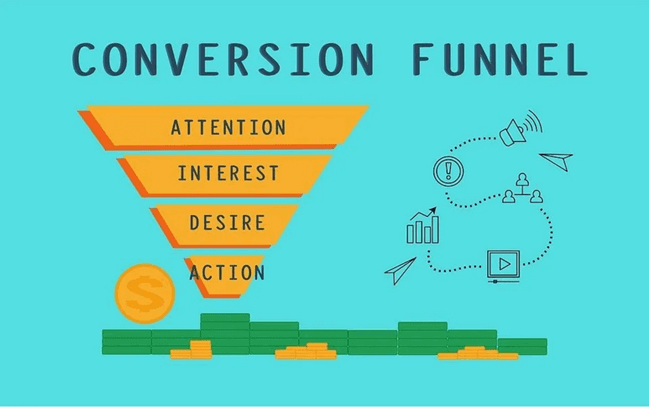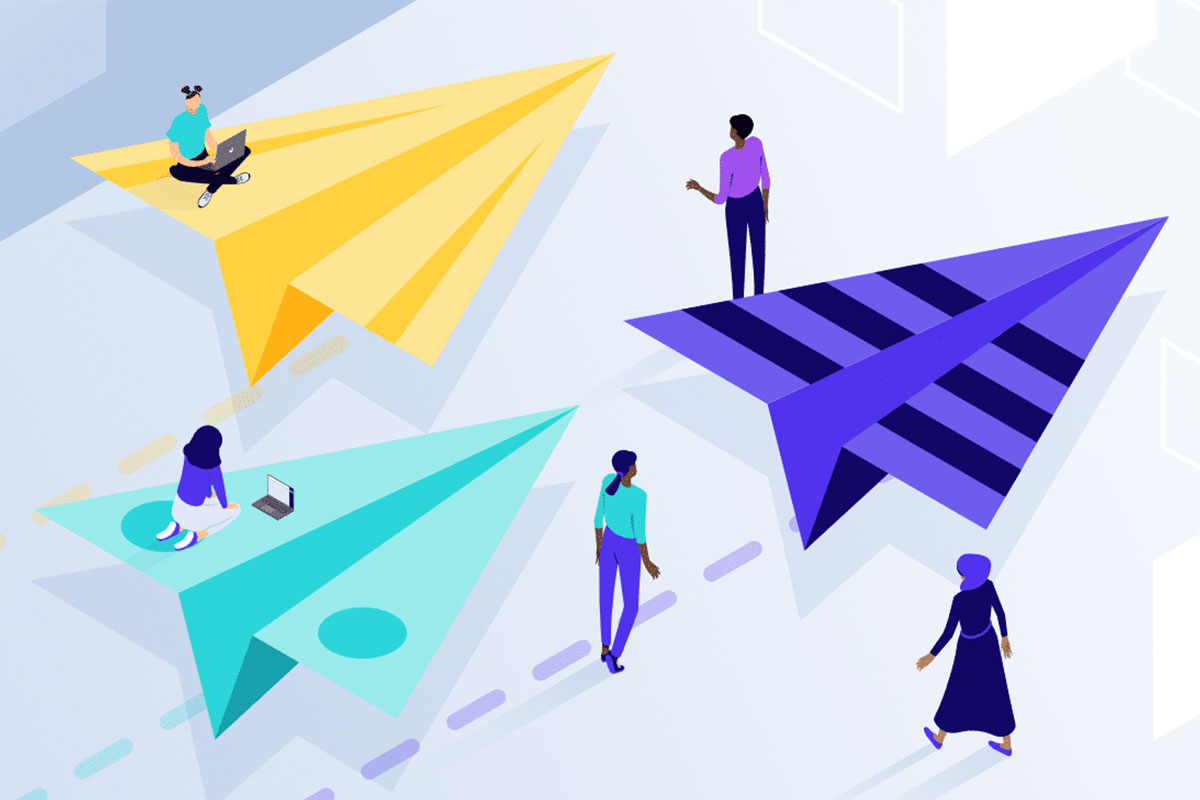This is the very principle of a funnel, hence its name: "The conversion funnel". By adopting a good strategy geared towards this conversion funnel, you can make the process of attracting customers automatic. As a result, you'll use fewer and fewer means to convert a visitor into a customer, and enjoy other important benefits. For example :
- Your converted customers will be worked" customers The people who complete the sales process after going through all the steps will be genuinely interested in your products or services. They will become high-quality customers (easy to retain), and will be likely to attract other customers. It's worth remembering that retaining a customer costs 10 times less than recruiting one;
- Automate the process The sales funnel through which your visitors pass will enable you to obtain a more or less stable number of monthly customers. Conversion costs will be lower each time, and you'll see how the flow of customers increases;
- Achieving a high conversion rate will improve SEOwhich will position you on the first page of search engines. This will attract a higher flow of potential customers;
- The conversion funnel graphics will help you to draw up sales forecasts compare different sales periods, and find out what's working and what needs to be improved.
That's what you'll gain by adopting a conversion funnel-oriented strategy. Now let's take a detailed look at the different stages of the conversion funnel:
- Attraction The first step in the funnel is attraction. This is one of the most important stages, as its function is to attract as many visitors as possible to your website. You'll need to attract visitors who are likely to be interested in your commercial offer, using effective marketing tools: professional blog, SEO/SEM positioning, social networks, etc. ;
- Interaction Internet users on your site have passed the first filter: they're interested, they've arrived on your site and the presentation has seduced them... Now they can try to contact you. Offer them an e-mail address, a telephone number, a contact form, a click-to-call service, etc. All means are good ! This is your chance to stand out from the crowd and offer a quality customer service to convince them;
- Conversion : Once you've convinced users to buy, they'll convert into leads. They're ready to make a purchase. This stage can be illustrated by the opening of the tab on your e-commerce site or the validation of the shopping cart. Don't stop there, deploy other strategies to convert them into recurring customers, keep them buying and bring in new customers!
- Loyalty Your loyal customers represent guaranteed sales. Create a real relationship with your customers to build loyalty. Make quality calls, offer them offers based on seniority, loyalty programs, exclusive promotions...
These are the 4 main stages a visitor must go through to convert into a customer, ideally reducing the gap between the last stage and the first.
How do you implement this strategy?
- An attractive website Your website is your shop window, your front door. When users enter, they need to be attracted by what they see, so they go and look for your commercial offer. An up-to-date website with clear, concise messages helps keep distracted users on the move. An SEO strategy with a landing page associated with highly sought-after keywords will help you rank on the first page of search engines and capture more visitors;
- A newsletter Keeping your customer database up to date with new products and services, discounts and promotions is a great way to build customer loyalty. What's more, they'll appreciate the fact that you're taking care of them. But be careful not to spam, or you'll get the opposite effect;
- Efficient customer service : This is a key factor in attracting customers. To do this, combine new contact trends like Live Chat, ChatBot or Click to Call with traditional contacts like the contact phone or email address.
We've suggested a few ways you can implement to reduce the funnel gap. Of course, the conversion funnel will always have a funnel shape, as its name suggests. However, reducing the gap between the last phase and the first should be your objective.



